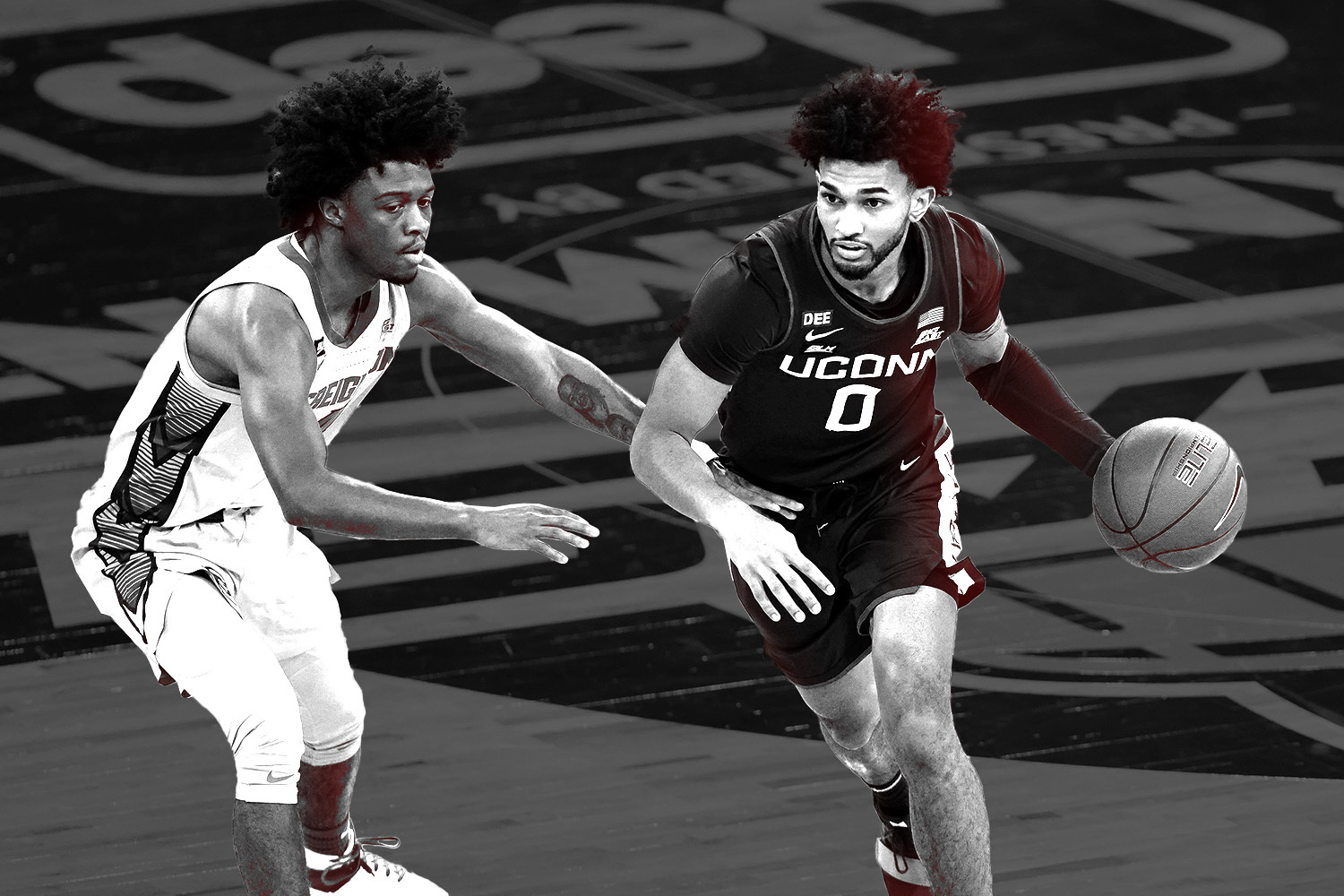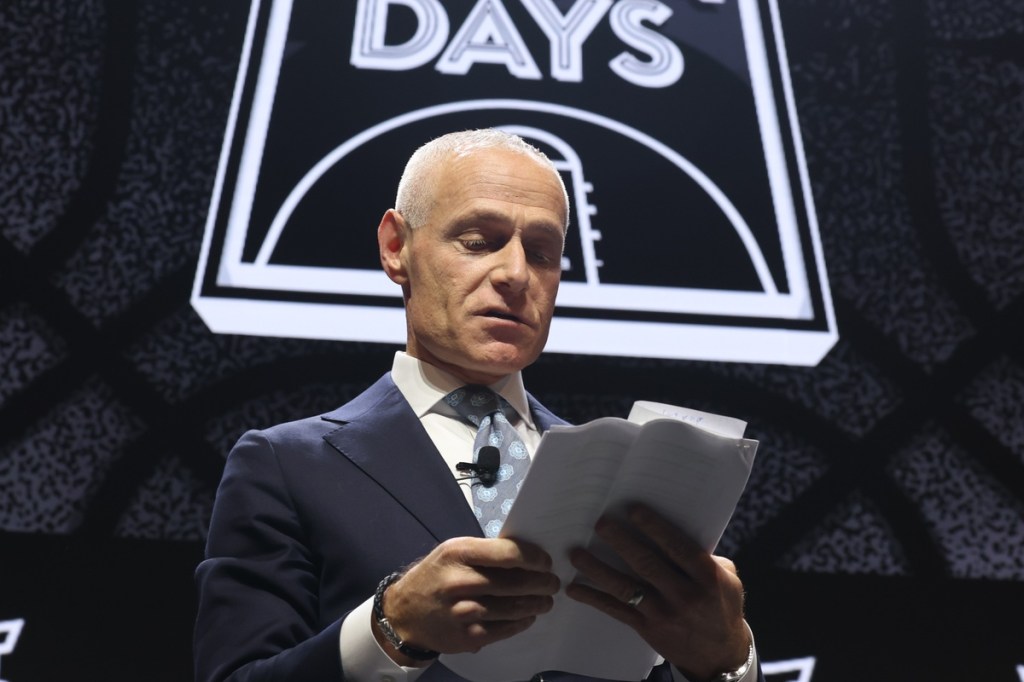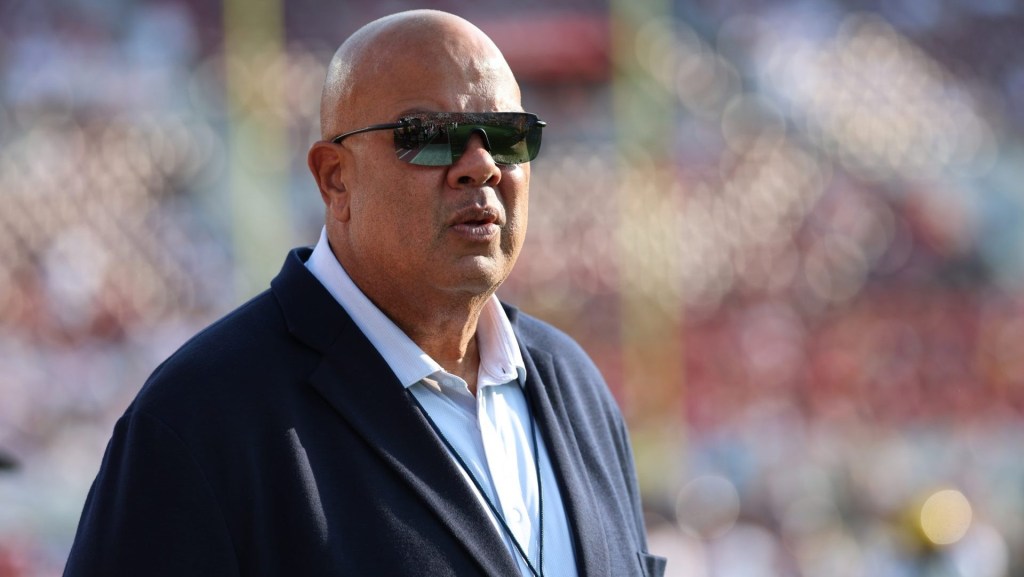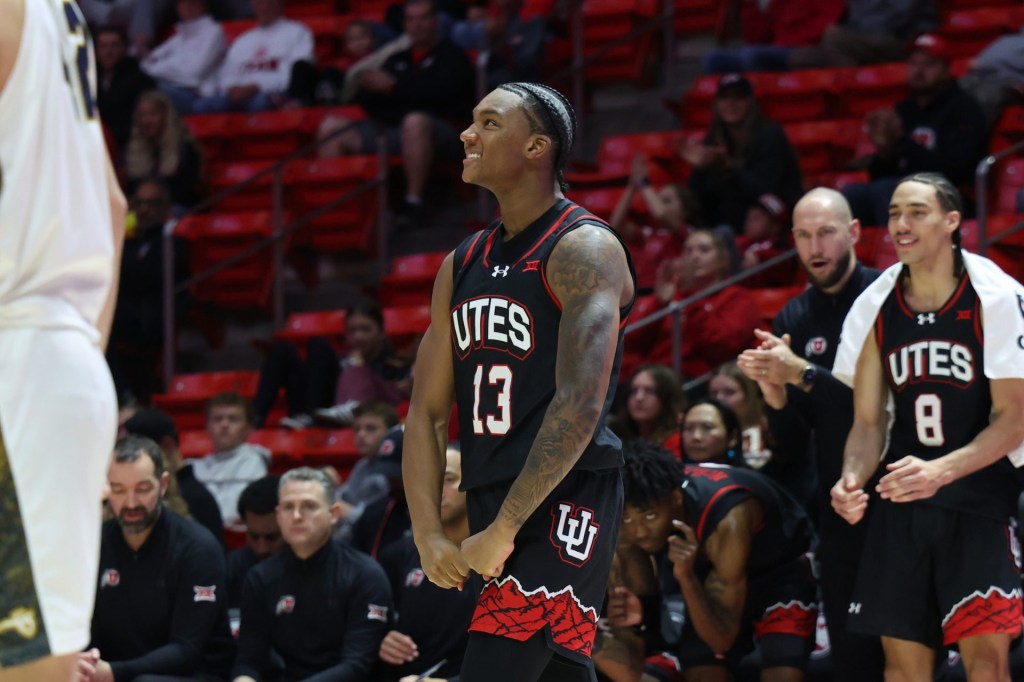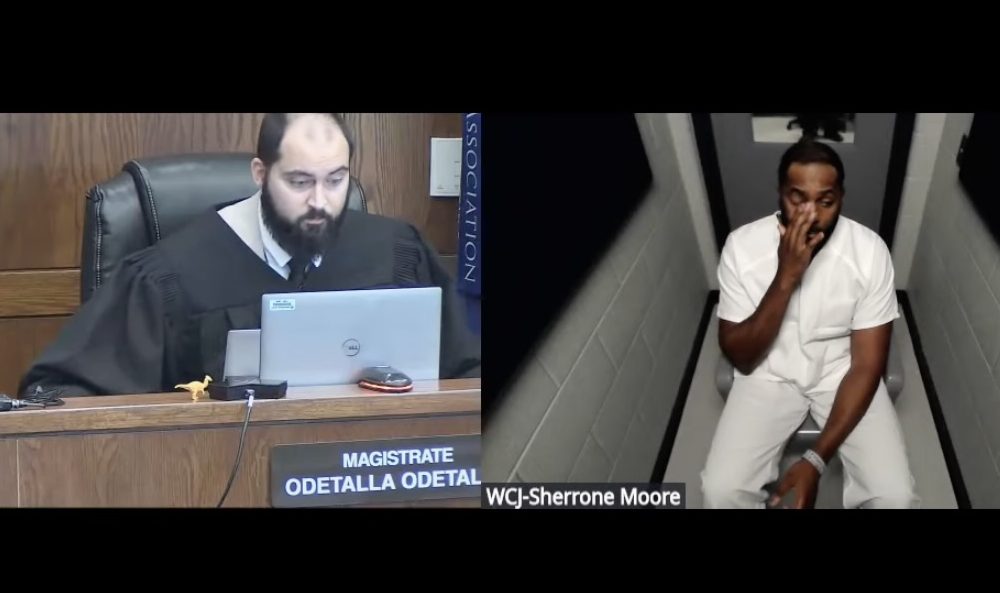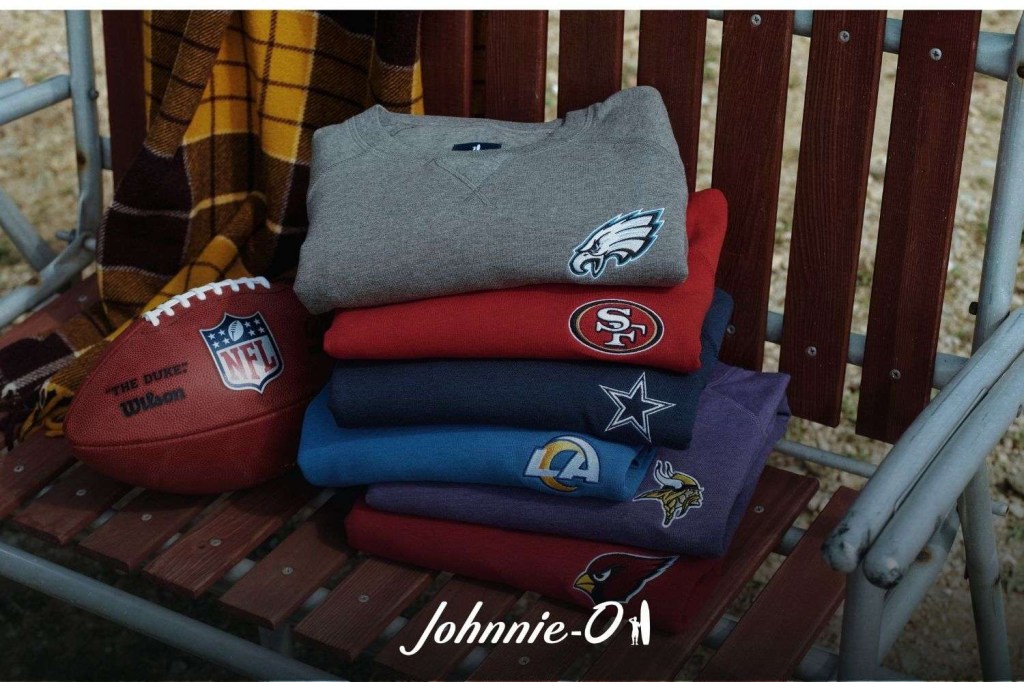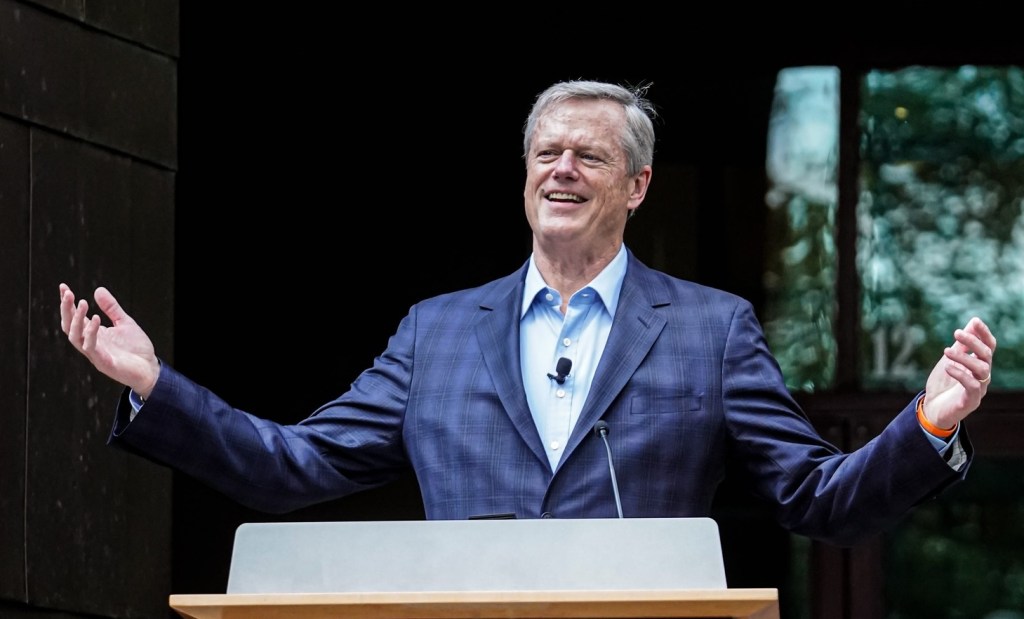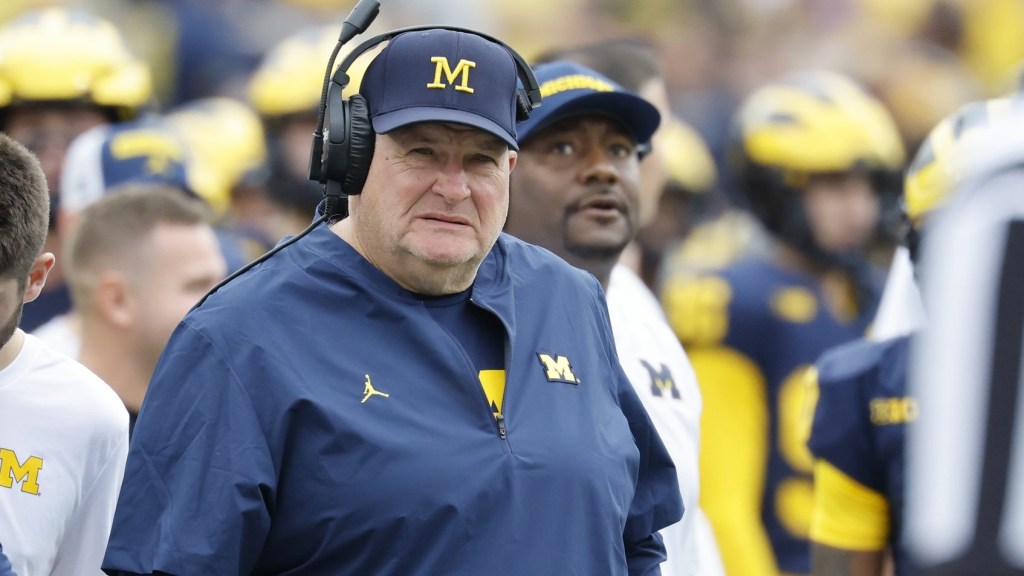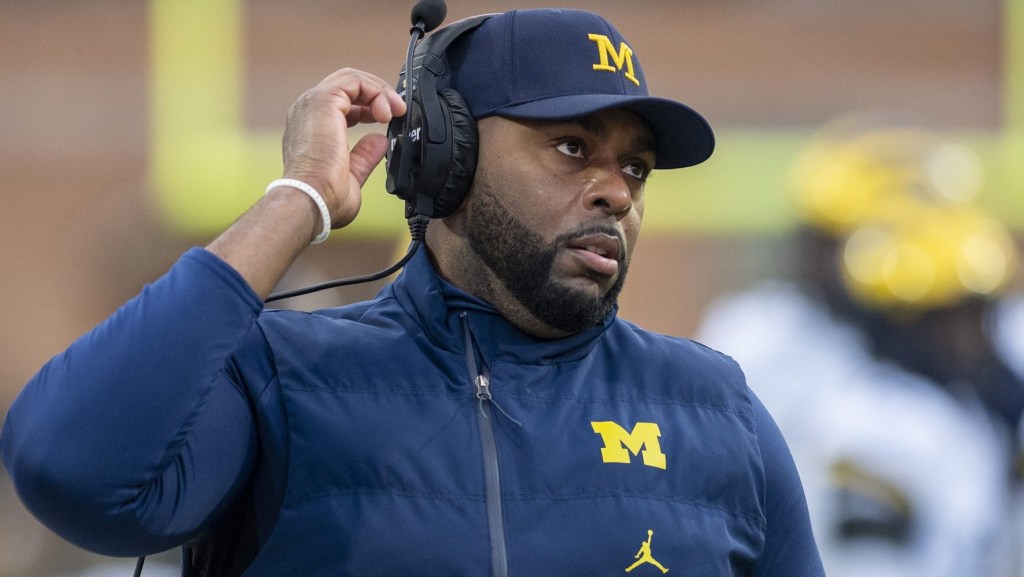During the 2021 men’s basketball tip-off tomorrow, the Big East will borrow an idea from the NFL’s broadcasting playbook: RedZone.
CBS and ESPN used to employ a similar tactic during early rounds of the NCAA tournaments, Big East Senior Associate Commissioner of Broadcasting Rick Gentile told FOS. But Gentile doesn’t believe whip-around coverage has ever been attempted with this many simultaneous college basketball games.
Though complex, Gentile hopes the idea will not only satisfy a common scheduling issue with televising college basketball, but also add value to the Big East basketball experience.
“It really is an opportunity to maximize the production value that we’ll use,” Gentile said. “There’s all sorts of things that we can do to make this really kind of fun.”
As fans’ viewing habits continue to change, a successful Tuesday night broadcast could serve as a blueprint for other conferences.
Putting on the Show
The original goal wasn’t so much to create innovative college basketball TV as it was to fix an operational issue, Gentile explained.
Tuesday night’s seven-game slate poses an obvious logistical barrier. A Fox executive asked if some of the games could be moved. But because most teams like to play on opening night, Gentile suggested “revisiting” RedZone-style coverage, an idea they had previously discussed.
“This jumps off the page as the perfect time to try it,” Gentile said. “[We] said, can we really pull this off? And everybody sort of said, ‘Yeah, let’s go for it.’”
The team isn’t flying blind. Gentile has previous experience doing whip-around coverage for CBS, and one of the key Fox employees worked at the NFL Network when RedZone began.
It’s not the easiest solution, though. The program, which will air on FS1, will alternate between games and a studio in Los Angeles. They’ll try to hit all seven tip-offs, visit close games, and showcase breakout player performances.
“To coordinate all of this, it’s a complicated process,” Gentile said. But “it’s been done, it can be done.”
A Successful Broadcast
A well-executed broadcast would provide “enhanced” value by dressing up an early-season non-conference slate with studio analysis, extra features, and back-and-forth.
But a successful show first has to have good fundamentals. For example, transitions between games need to be smooth, Gentile said. They shouldn’t abruptly cut off broadcasters’ commentary.
“I think it can be more interesting to watch this seven-game, four-hour block than watching what could be noncompetitive opening night games,” he said.
The ultimate “test,” of course, will be ratings. Gentile isn’t as concerned about hard data, since opening day ratings are “generally” low no matter what.
But if the coverage can hold viewers’ attention longer than a typical game, that would be a win.
Innovation for the Future?
The Big East and Fox are hoping that what makes RedZone successful — consumers interested in the entire league — will translate to a college basketball conference.
Does a “Big East” fan exist? The conference believes so, based on the market research and focus groups it conducted when it re-formed, Gentile said. The dedicated contingent of fans who go to the Big East Tournament every year could be an example.
But he conceded: “That’s really the million-dollar question.”
The more media rights holders a conference has, the more complicated these broadcasts could be. But conferences like the Big Ten that have their own network could attempt it, Gentile said.
But for now, fans will be able to watch RedZone-style basketball at least one more time. The Big East is going to try it with women’s hoops later this year.
